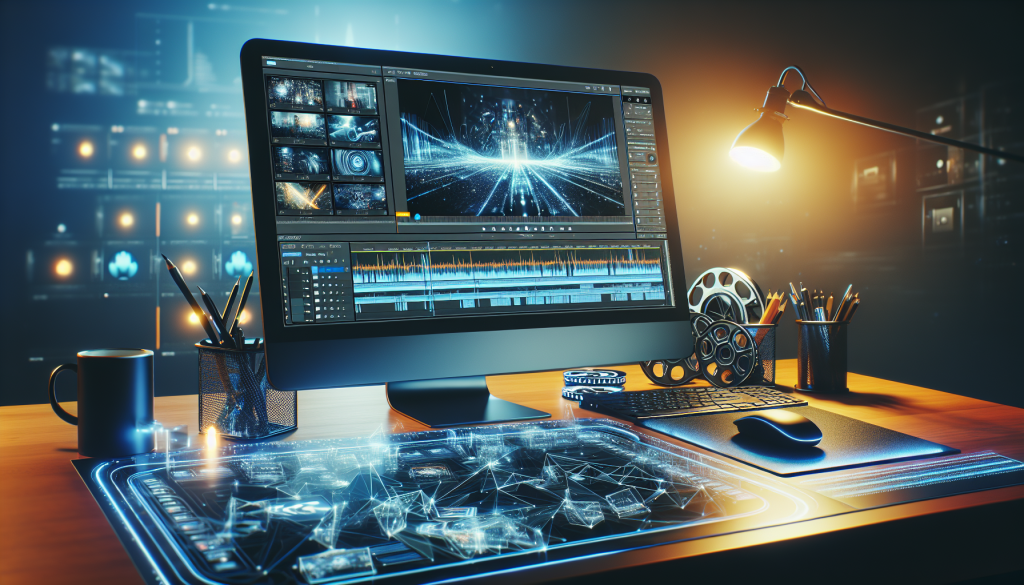
Beginner’s Guide to AI Video Tools: Transforming the Future of Video Production
In today’s fast-paced digital world, AI video tools are making a big impact. From professional filmmakers to hobbyists, everyone seems to be talking about them. But what exactly are these AI video tools, and why are they so important? Let’s dive in and find out.
AI video tools are software applications that use artificial intelligence to help create, edit, and enhance videos. Unlike traditional video editing tools that require manual input for each task, AI video tools can perform complex operations with minimal human intervention. They can analyze content, optimize video quality, and even generate new scenes or effects automatically. This makes them incredibly powerful and user-friendly, especially for beginners.
Did you know that the use of AI in video production is skyrocketing? According to industry experts, AI-powered video tools have seen a significant increase in adoption over the past few years. This surge is driven by their ability to streamline workflows, enhance video quality, and offer features that were once thought impossible.
A compelling example is the AI-based software called Runway. While it’s praised for its versatility in video generation, editing, and enhancement, the quality isn’t always perfect, with some videos appearing fuzzy. On the other hand, Sora is known for creating stunningly realistic videos with exceptional physics and lighting, but it has strict content moderation that can cause issues during production.
When choosing an AI video tool, it’s essential to consider your unique needs. If you are looking for versatility, tools like Runway might be ideal. For photorealistic quality, Sora could be the better choice, despite its moderation hurdles. For quick and simple tasks, Luma’s Dream Machine offers ease of use, albeit with dreamlike quality footage that may not suit every project.
Using AI video tools effectively requires understanding their strengths and limitations. For instance, Minimax can add dynamic motion to scenes, but you need to be aware of its sometimes unrealistic physics. A tool like Cing provides robust customization capabilities with its face-training features, but it might have a steep learning curve. Practical use of AI video tools also involves leveraging features like a library of human actors for creating spokesperson videos, as seen with tools that incorporate user-generated content to produce engaging marketing material.
AI video tools are changing how we make videos by offering new ways to edit and enhance content. They speed up production processes, help in maintaining narrative cohesion, and allow for a high degree of personalization. Whether for marketing campaigns or storytelling, these tools make video production more accessible, even to those without expert knowledge.
In summary, AI video tools are revolutionizing the video production landscape. They make creating and editing videos more accessible and efficient, offering opportunities for innovation and creativity. Whether you’re a seasoned filmmaker or just starting, understanding and utilizing these tools can open up new possibilities for your projects. Thanks for reading, and if you’re interested in learning more about the digital world, please subscribe for future updates!
Leave a Reply